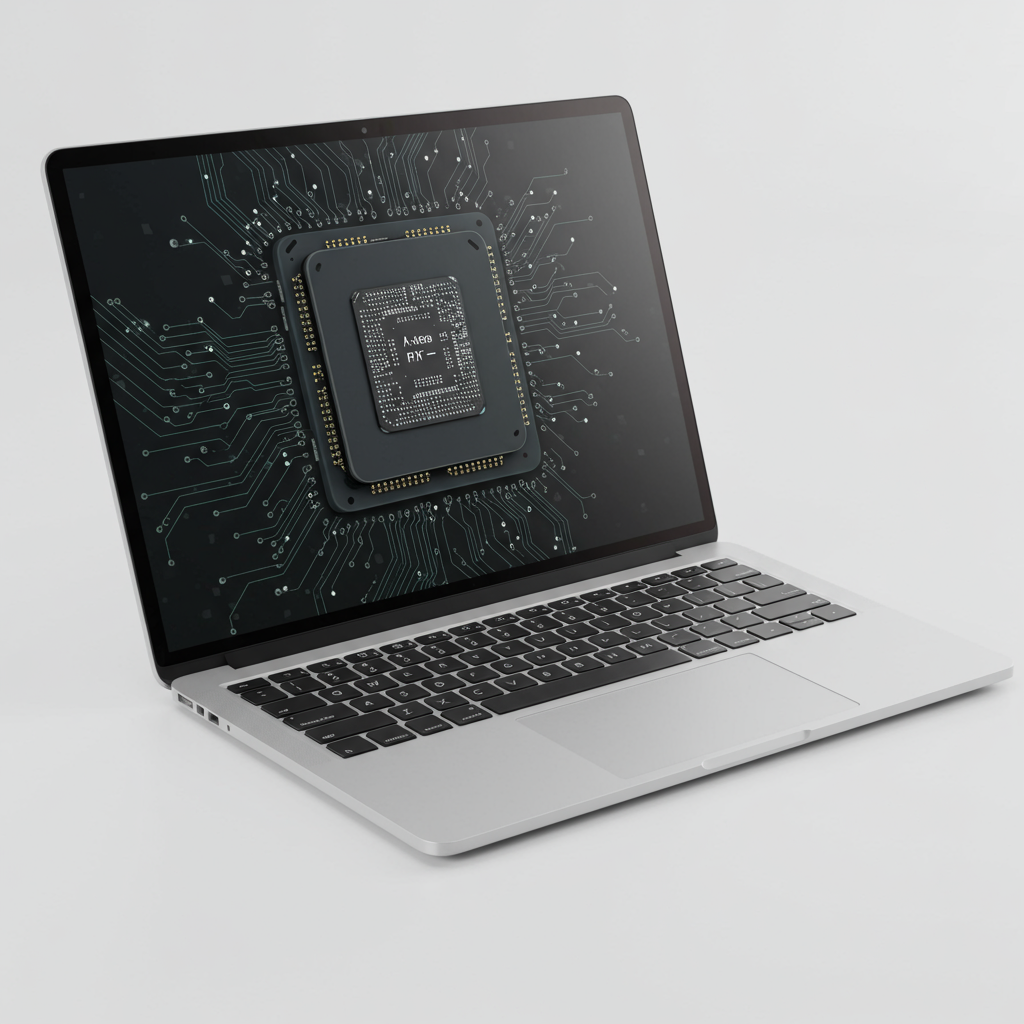For Mac gamers using Apple’s custom silicon chips, the wait for a truly optimized Steam experience is nearing its end. Valve has officially released a beta version of the Steam client that runs natively on Apple Silicon, promising a significant performance boost compared to the previous version.
This crucial update means the Steam client and its associated helper apps no longer rely on Apple’s Rosetta 2 translation layer to function on Macs equipped with M-series chips (like M1, M2, M3, and beyond).
What Native Apple Silicon Support Means for Steam
Previously, the standard Steam client was built for Intel processors. When running on newer Apple Silicon Macs, the operating system used Rosetta 2 to translate the Intel code into a format the M-series chip could understand. While this allowed the app to run, it introduced performance overhead and often resulted in a noticeably clunky and slow user experience.
The Steam client’s interface, built on a Chromium framework, was particularly affected by running through emulation. This often made basic interactions feel sluggish.
With native support, the Steam client is now optimized to run directly on the ARM architecture of Apple Silicon. Based on early testing reports from the beta, this transition delivers a dramatically improved user experience. Expect benefits such as:
Significantly faster launch times for the application itself.
Much more responsive scrolling and navigation throughout the client.
- Quicker loading times when browsing the Steam Store or your Library.
- Intel Mac Phase-Out: macOS Tahoe will be the final major operating system update to offer full support for Intel-based Macs.
- Rosetta 2 Sunset: More critically for application compatibility, Apple has confirmed that full support for the Rosetta 2 translation layer is scheduled to end after macOS 27 (anticipated around Fall 2027). While Apple plans to retain a limited “subset of Rosetta functionality” beyond this date, it will primarily be aimed at supporting only “older unmaintained gaming titles” that specifically rely on Intel frameworks.
- Open the Steam application on your Mac.
- Navigate to Steam > Settings (or Preferences) in the menu bar.
- Select the Interface tab.
- Under the “Client Beta Participation” heading, click the dropdown menu.
- Select “Steam Beta Update”.
- Steam will prompt you to relaunch the application. Do so to download and apply the native beta update (the download size is around 230MB).
- Open the Activity Monitor application (you can find it using Spotlight search or in Applications > Utilities).
- Find the Steam process in the list.
- Look at the “Kind” column for the Steam process. It should show “Apple”. If it says “Intel,” it’s still running via Rosetta 2.
- www.theverge.com
- www.tomsguide.com
- appleinsider.com
- 9to5mac.com
- mobilesyrup.com
The difference in fluidity compared to the Rosetta 2 version is expected to be immediately noticeable.
Why This Update is Crucial Now
This move by Valve is particularly timely. Apple has recently announced a shift away from supporting older hardware and software layers:
This impending phase-out of widespread Rosetta 2 support makes developing and using native Apple Silicon applications essential for long-term compatibility and optimal performance on newer Macs. Steam’s native beta is a vital step in ensuring the platform remains robust for macOS gamers moving forward.
How to Try the Native Steam Beta
If you have an Apple Silicon Mac and want to experience the performance improvements now, you can opt into the Steam client beta:
How to Verify You’re Running Natively
To confirm that the Steam client is running natively on your Apple Silicon Mac after updating to the beta:
While currently in a beta phase, indicating ongoing optimization, the release of a native Apple Silicon Steam client is a significant positive development for Mac gaming, promising a smoother and faster experience for users ahead of Apple’s planned deprecation of older compatibility layers.



